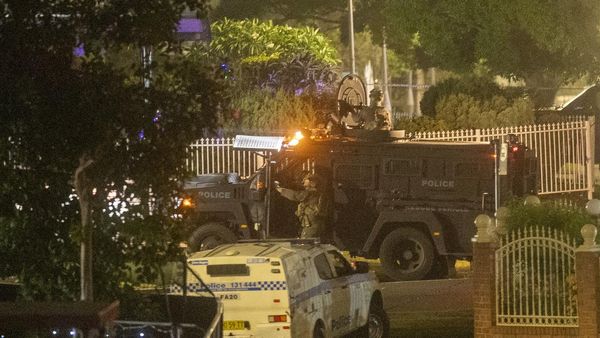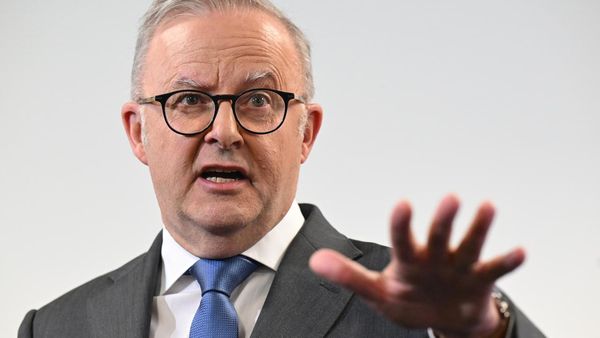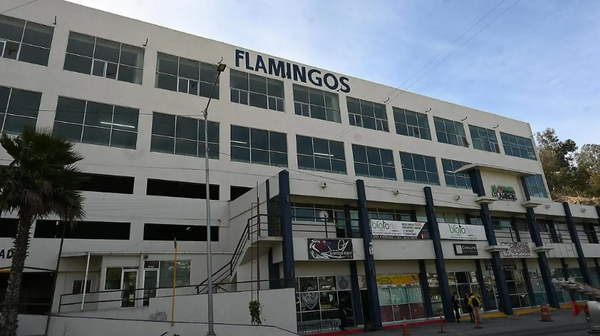
Omicron is receding in the US and states and cities are lifting remaining restrictions. Public health experts, however, are urging leaders to use the lull to prepare for future outbreaks.
The federal Centers for Disease Control and Prevention (CDC) recently announced new guidelines for judging community risk, shifting focus from cases to hospitalizations.
More than 90% of the US is now at low risk of overwhelming health systems, which means requirements for masks and other precautions can be loosened, the CDC said.
Most states and cities had already dropped mask mandates and vaccination requirements or announced plans to end them. Others did so after the change in guidance.
With only 65% of the population fully vaccinated, the US was buffeted by Omicron. It is now seeing an average of 54,000 cases and 1,300 deaths each day.
But cases and hospitalizations are declining very rapidly, which is “reassuring”, said Abraar Karan, an infectious disease physician at Stanford University.
Large swaths of the population have some form of protection from Covid, through vaccination or prior infection or both.
“Even if you pull back on mitigation measures, you may not have a big rise in cases,” Karan said.
But he was also worried that might lull the public and leaders into thinking the pandemic is over.
Officials should use this time to prepare for the next surge and the next variant, which could be more severe or more transmissible, Karan said.
“Once we have another variant, whenever that may be, the amount of spread from that variant will depend on what kind of preparedness we do now. What are we doing to make schools, workplaces and public spaces more safe?”
The US should continue investing in masks, tests, ventilation, vaccination campaigns, wastewater monitoring and other measures to prevent and respond to the next surge, experts said. And when the next wave begins rising, communities should pay careful attention to changing levels of risk.
“We need to expect the unexpected with Covid-19,” said Jason Salemi, an associate professor of epidemiology at the University of South Florida College of Public Health.
The US had limited national precautions throughout the pandemic, with mask mandates for federal buildings and transportation corridors and some restrictions on international travel. Pandemic response has largely fallen instead to states, cities and counties, producing a patchwork set of rules.
Cities like New York, Chicago and Washington are lifting indoor mask mandates and proof of vaccination requirements. Los Angeles, the most populous county in the US, lifted its indoor mask mandate at the end of February, for those who can show proof of vaccination or a negative test. Atlanta and New Orleans also lifted indoor mask mandates.
California, Connecticut, Delaware, Illinois, Massachusetts, Nevada, New Jersey, New York, Oregon and Rhode Island recently lifted or announced plans to lift indoor or school mask mandates. On 26 March, Hawaii will end requirements for travelers to show proof of vaccination or negative tests, or to quarantine.
Businesses may still require masks and proof of vaccination and individuals should mask if they are high-risk or in hospitals or nursing homes, the CDC said. Those who test positive should continue masking regardless of community levels. The CDC is still reviewing federal mask mandates, including on transportation.
The guidelines are intended to show when masks are necessary again, offering a data-driven approach to preventing health systems from being overwhelmed.
“We want to give people a break from things like mask wearing when our levels are low, and then have the ability to reach for them again if things get worse in the future,” the CDC director, Rochelle Walensky, said on a call with reporters.
But there was political pressure to lift pandemic rules, particularly among Democrats looking to the next election, and some public health experts have worried the new guidance doesn’t focus enough on preventing new infections.
“I’ve seen a lot of people’s very, very legitimate concerns about if you’re focusing on hospitalizations … it is more of a lagged indicator,” Salemi said. “If there is a new variant that emerges and we start to see infection rates rise, by just focusing on hospitalizations and hospital burden, are we missing an opportunity to act sooner?”
The new guidance is more reactive instead of proactive, he said, adding that it also puts the onus on the most vulnerable, including immunocompromised people, to protect themselves from potentially devastating infections.
Without more preparation, another surge could be devastating in the US, Karan said.
“I’m actually pretty scared that it’s going to be the same thing that happened previously. We’re going to be scrambling to get updated vaccines out, we’re going to be scrambling to get people masks and rapid tests, we’ll be completely overwhelmed because of exponential spread.”
That’s why prevention and preparation now are so important, he said.
“You don’t prepare for the best-case scenario,” Karan said. “I’m not sitting here with wishful thinking – that’s not a strategy.”







